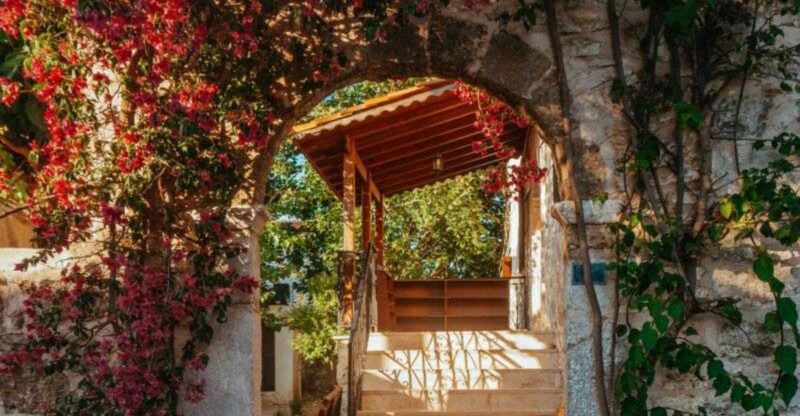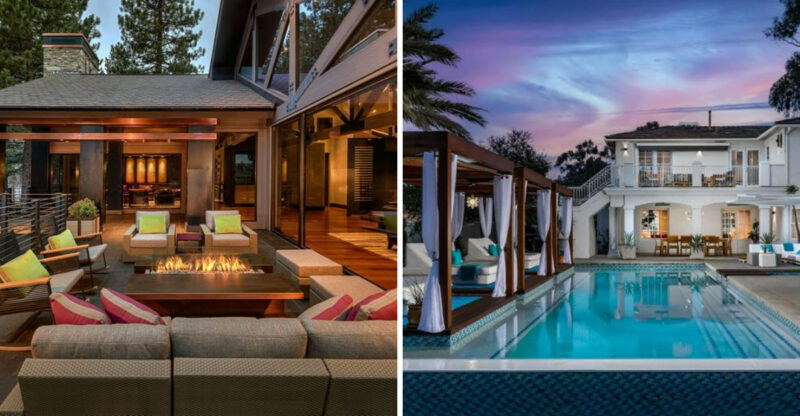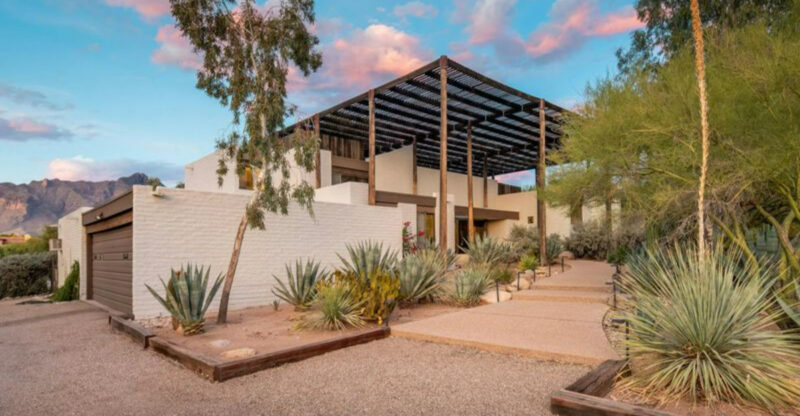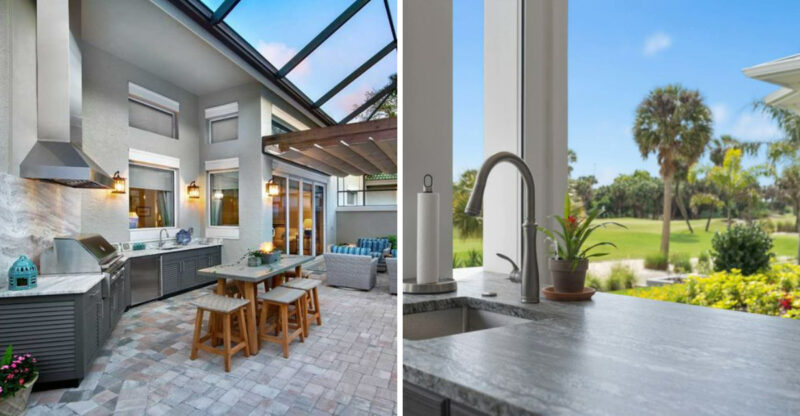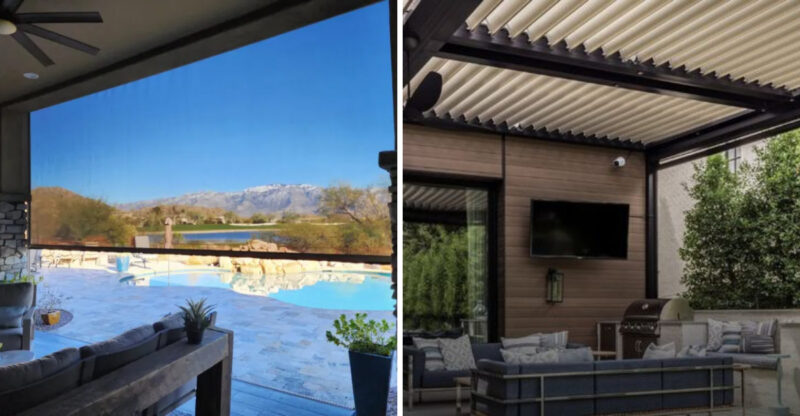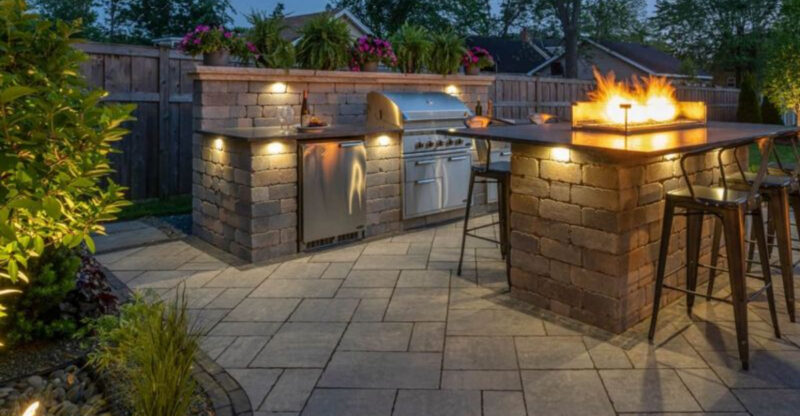6 Great Desert-Friendly Designs From Arizona, And 4 Ideas You Should Skip
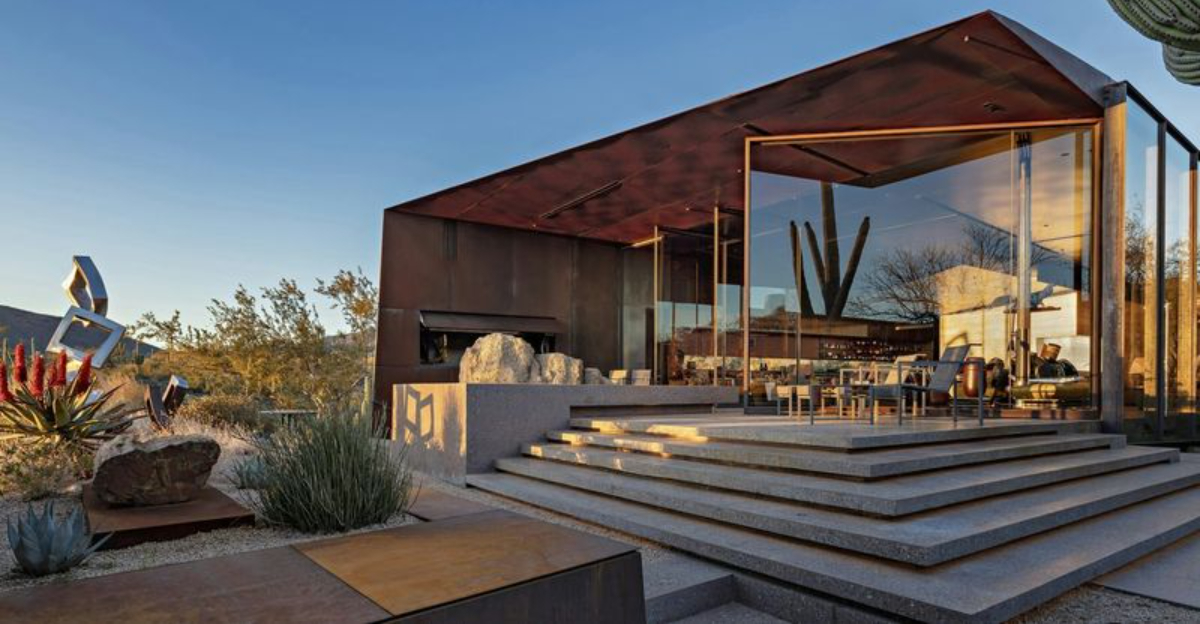
Ready to desert-proof your home with style that’s as bold and bright as the Arizona sun? Living in the desert means facing blazing heat, intense sunlight, and water challenges, but that doesn’t mean you have to sacrifice style or comfort.
We’re diving into these smart, sizzle-proof design ideas that keep your space cool, efficient, and downright chic. Plus, we’ll spotlight four all-too-common design mistakes that could leave your home feeling more like a sauna than a sanctuary.
From clever shading tricks to water-wise landscaping, let’s turn your home into a desert oasis that’s as stunning as it is savvy, without breaking a sweat!
1. Stucco Exteriors With Earth-Tone Colors
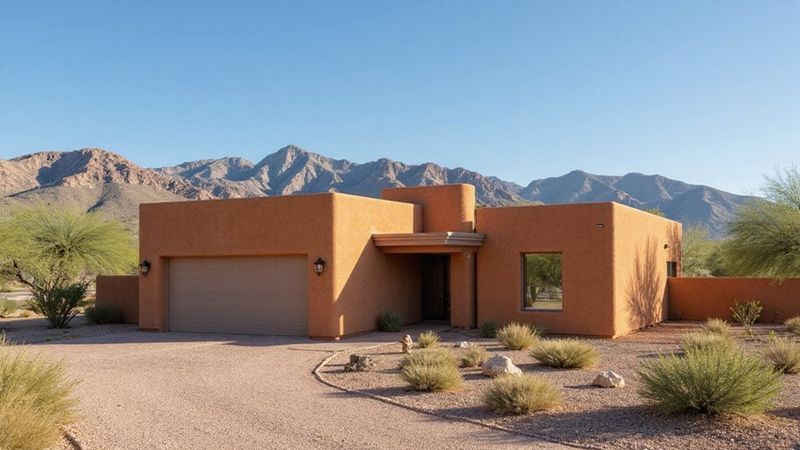
Stucco isn’t just pretty, it’s practically desert armor! This thick, textured coating acts as natural insulation against extreme temperatures while reflecting that brutal Arizona sunshine.
My clients love how earth tones blend seamlessly with the landscape. Terracotta, sand, and soft sage mimic the desert palette and absorb less heat than darker colors.
Bonus, stucco requires minimal maintenance and stands up to sandstorms without complaint. When paired with proper insulation, your home becomes a cool sanctuary even when it’s 115° outside.
2. Xeriscaped Front Yards With Native Plants
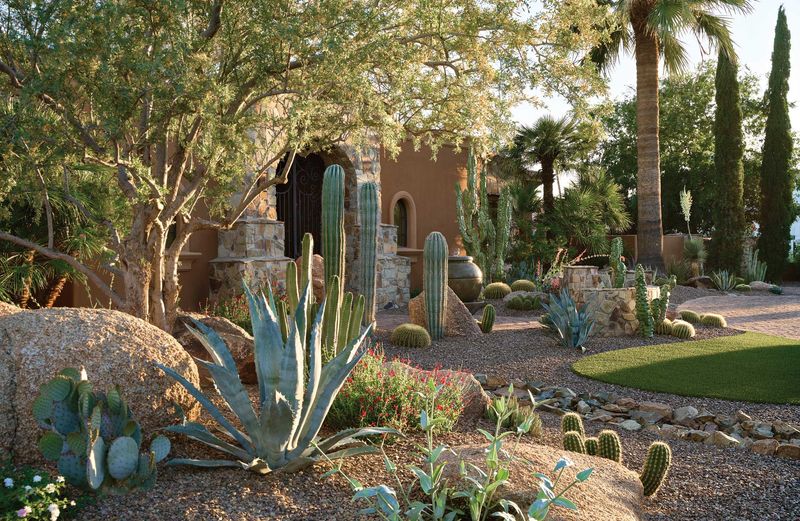
Water-wise xeriscaping transforms boring gravel yards into stunning desert showcases. Native plants like prickly pear, ocotillo, and desert marigold thrive with minimal irrigation while providing year-round visual interest.
Forget the misconception that xeriscaping means just rocks and cacti! Strategic placement of desert trees creates natural shade zones that cool your entire property.
My favorite xeriscaping trick? Grouping plants with similar water needs together. This smart zoning approach reduces waste while creating mini-ecosystems that attract local birds and butterflies.
3. Covered Patios And Shade Structures
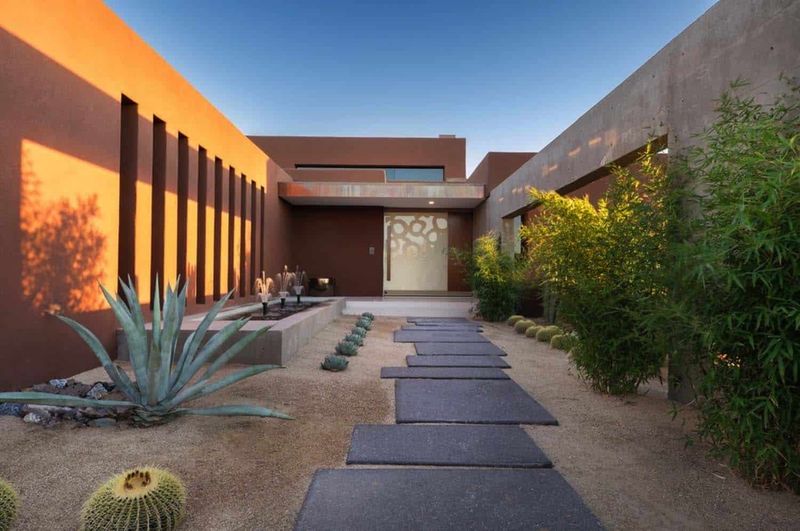
Looking to beat the desert heat without turning your backyard into a sunbaked frying pan? Shade structures are your secret ingredient!
Ramadas, pergolas, and roof overhangs aren’t just pretty faces, they create cool, comfy outdoor spots that make July’s furnace-like days feel like a breeze. Think of them as your home’s personal sunscreen, blocking that harsh western glare while letting gentle morning rays peek through on the east side.
Add a ceiling fan and misting system, and you’ve got a microclimate so refreshing, even the desert sun will want to take a seat!
4. Saltillo Tile Or Concrete Flooring
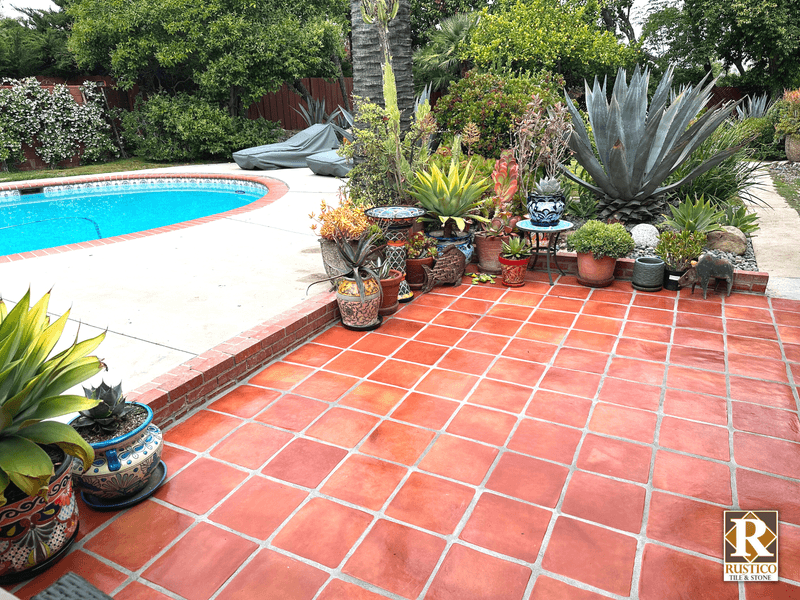
Cool feet make happy homeowners! Saltillo tiles remain refreshingly cool even during triple-digit heatwaves thanks to their natural thermal properties.
Their warm terracotta hues complement desert design while hiding dust between cleanings. Polished concrete offers similar cooling benefits with modern appeal.
Both options store coolness overnight and release it gradually during hot days, a natural air conditioning boost! My clients appreciate how these flooring choices stand up to sandy shoes and desert dust.
5. Clerestory Windows For Natural Light
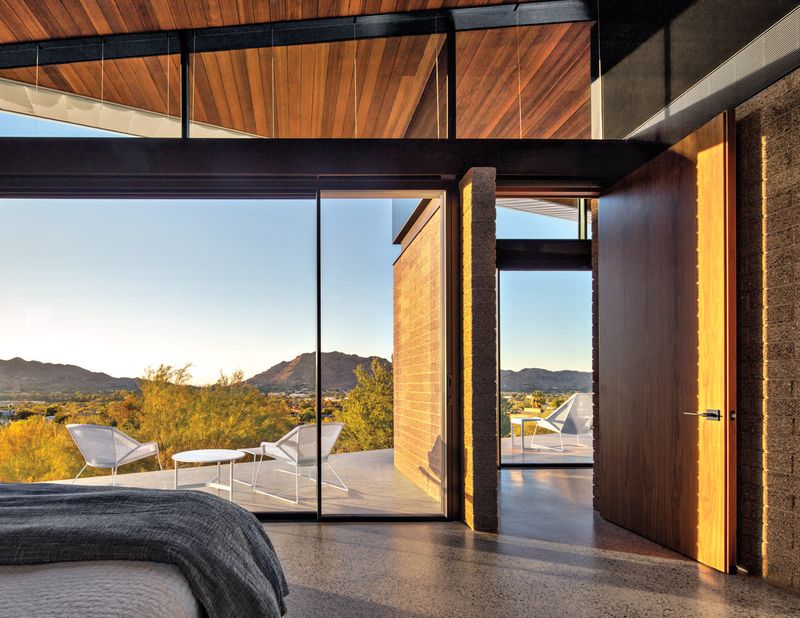
Clerestory windows are my secret ace in the hole against sky-high electric bills. These high-placed openings flood your home with abundant natural light, minus the scorching heat gain of traditional windows.
Strategically positioned along northern exposures, they bathe interiors in gentle, indirect illumination. On southern walls, clerestories pair perfectly with extended roof overhangs that block summer sun but invite cozy winter warmth.
Beyond saving energy, these architectural jewels cast dramatic shadows that dance across your walls all day long. Many homeowners find they hardly need artificial lighting until sunset, a stunning blend of style and smarts.
6. Metal Or Clay Roofing For Heat Reflection
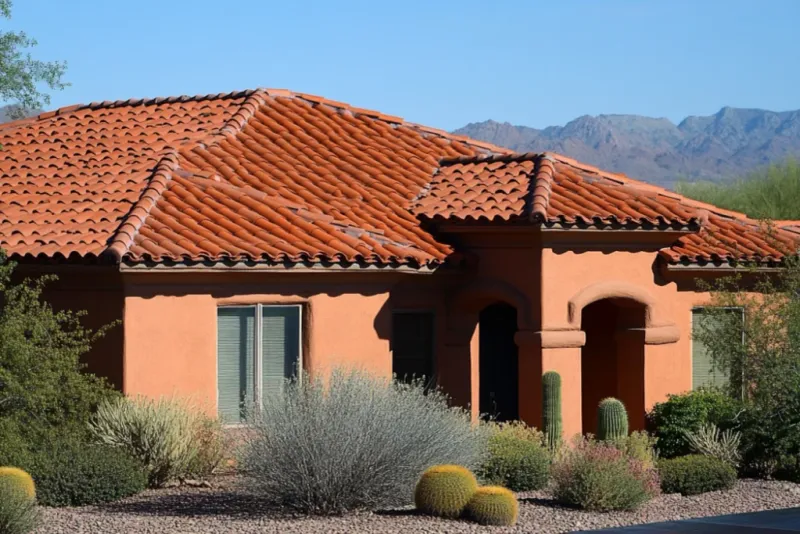
Metal roofing revolutionizes desert living despite its counterintuitive feel. Though metal conducts heat, proper installation creates an air gap that actually reflects solar radiation away from your home.
Clay tiles offer similar benefits with southwestern charm. Their curved shape creates natural ventilation channels that help hot air escape before reaching your attic space.
Both options outlast traditional asphalt shingles by decades in harsh desert conditions. While initially pricier, they typically pay for themselves through energy savings and longevity. My clients report up to 25% lower cooling costs after upgrading!
7. Grass Lawns That Demand Constant Watering
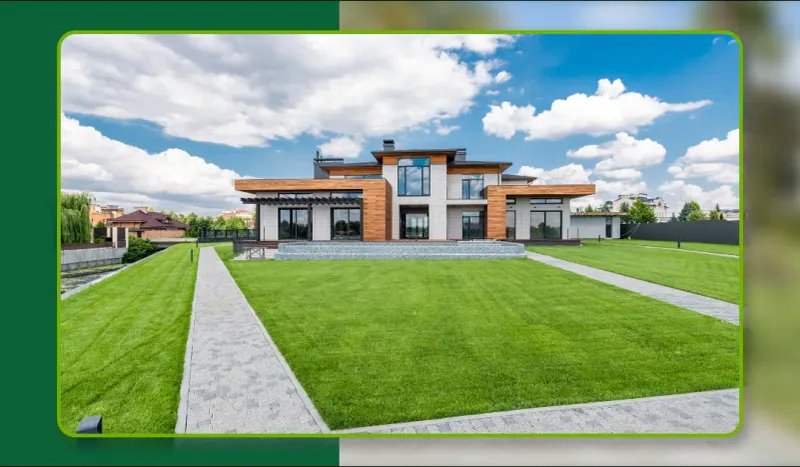
Lush green lawns might look dreamy, but they’re ecological nightmares in Arizona. Most varieties require 50-60 inches of water annually in a region that naturally receives just 7-8 inches of rainfall!
Beyond the environmental impact, lawn maintenance becomes a second job. Frequent mowing, fertilizing, and battling brown patches consume weekends and wallets alike.
My former clients who insisted on traditional lawns typically surrender within two summers. The combination of $400 summer water bills and watching expensive sod turn crispy brown despite religious watering schedules.
8. Dark Shingle Roofs That Trap Heat
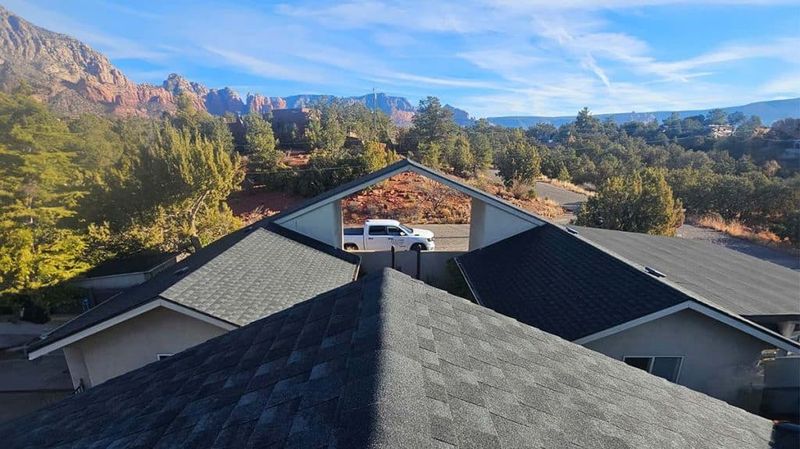
Ever wonder why your AC feels like it’s running a marathon every summer? Dark shingles might be the sneaky culprits turning your home into a solar oven!
Black or dark brown asphalt roofs soak up to 95% of the sun’s energy, heating your attic to a sizzling 150°F and sending your cooling costs through the roof, literally.
These dark tiles not only fry your energy bill but also age faster under that relentless Arizona sun, cracking and curling in half the time of lighter, more reflective options. Time to rethink your rooftop’s fashion statement before it cooks your budget!
9. Large Glass Walls Without Proper Shading
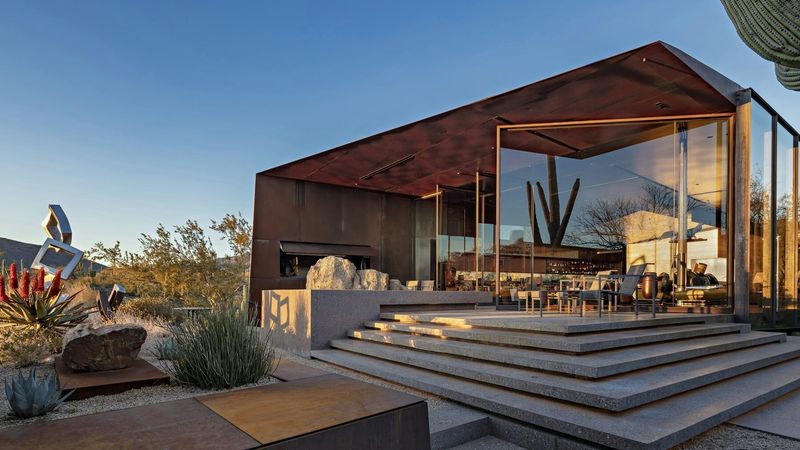
Floor-to-ceiling windows create stunning views but brutal energy bills without proper planning. West-facing glass becomes particularly problematic, turning living rooms into saunas by 3 pm.
The greenhouse effect traps heat indoors, causing temperature imbalances that even powerful AC systems struggle to overcome. Window treatments help but often remain open for the view, defeating their purpose!
My architectural colleagues call these unshaded glass walls “energy hemorrhages.” Instead, consider smaller, strategically placed windows with deep overhangs or exterior shade screens that block heat while preserving views and natural light.
10. Overly Ornate Landscaping With Non-Native Plants
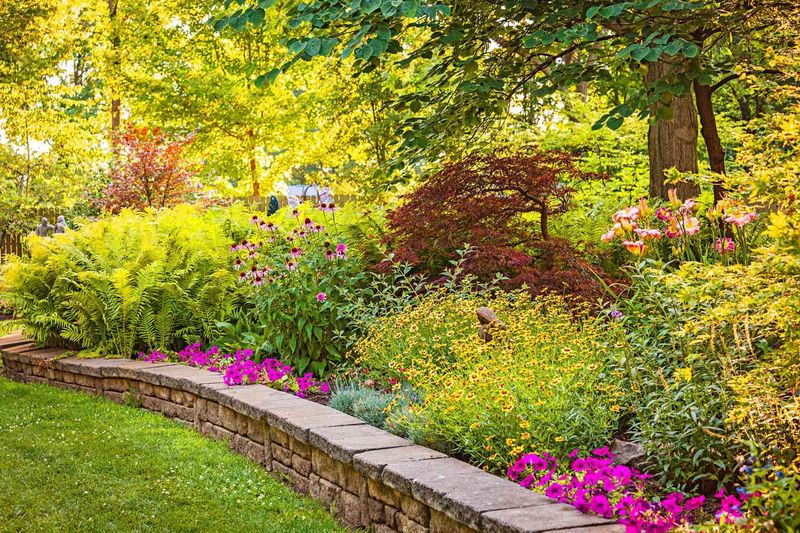
Tropical imports might look lush initially but quickly become expensive casualties of desert reality. Plants like hydrangeas and azaleas demand constant babying and excessive water to survive our harsh conditions.
Non-natives also disrupt local ecosystems. They fail to provide proper habitat for desert wildlife and sometimes introduce invasive species that threaten native plants. The maintenance demands become overwhelming too.
While native plants largely care for themselves, imported varieties need special fertilizers, frost protection, and constant monitoring. Most elaborate non-native landscapes I’ve designed eventually get simplified as owners tire of the endless upkeep.

